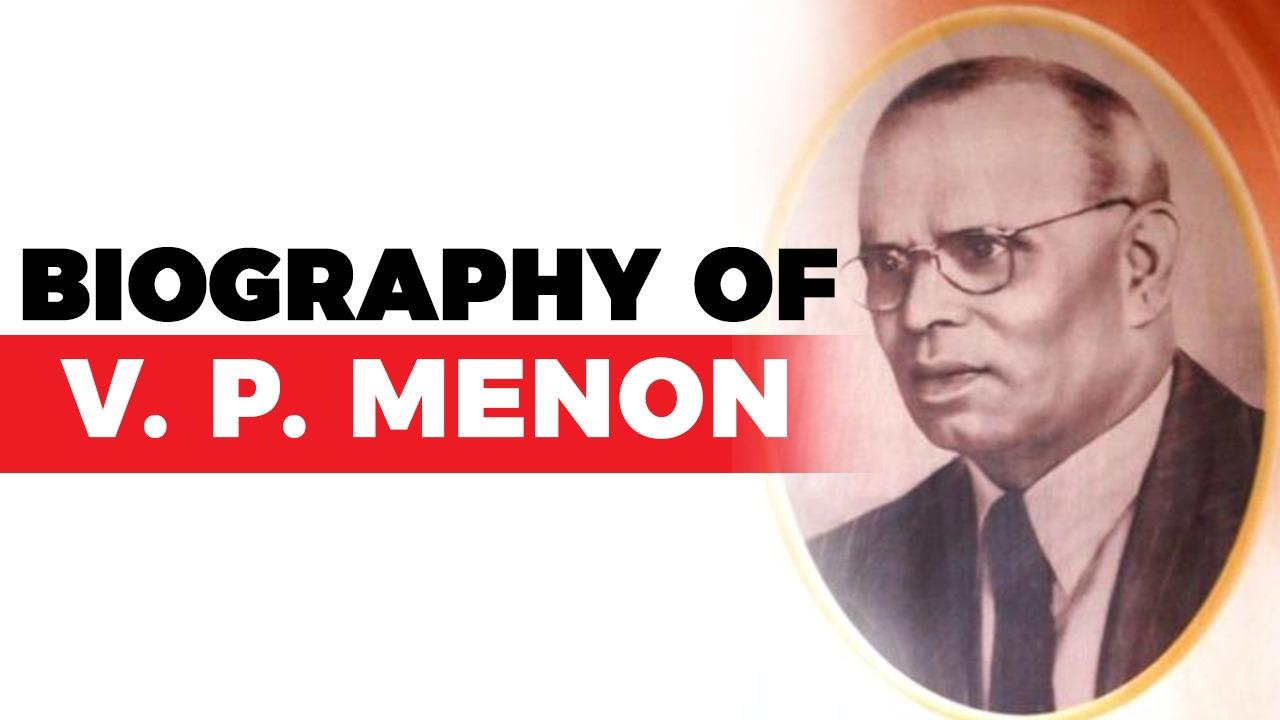Table of Contents
EARLY LIFE
- Vappala Pangunni Menon was born in the small village of Panamanna in Ottapalam close to the banks of Bharathapuzha on September 30, 1893.
- He was the oldest among a dozen kids to a school headmaster. With a family as large as that, finances were always tight.
- Moved by his father’s struggle to make ends meet, the young boy who was only a matriculate, decided to trade education for a string of menial jobs. He left his home in search of a job, intending to shoulder the financial responsibility of the large family and help his father.
EARLY LIFE
- From being a construction worker to a coal miner, factory hand, a coolie-grade stoker and even an unsuccessful cotton broker—he did it all.
- Despite the odd jobs, he did not limit himself. He was an ambitious man, and soon took up the job of a clerk-typist in a Bangalore-based tobacco company. He had a flair for the English language and the ability to analyse issues and find solutions.
- The next thing he knew, he was travelling to Shimla in the hope of earning a government job.Once he arrived, Menon was able to earn the position of a clerk-and-typist in the home department in 1929. His speedy and flawless typing made him an asset to the British officials.
INDIA
- Menon rose through the ranks to become the highest serving Indian officer in British India. In 1946, he was appointed Political Reforms Commissioner to the British Viceroy.
- Menon was the political advisor of the last Viceroy of India, Lord Louis Mountbatten.
- When the interim Government had collapsed due to the rivalry between the Indian National Congress and the Muslim League, Menon had proposed to Mountbatten, Jawaharlal Nehru and Sardar Vallabhbhai Patel, the Indian leaders, the Muslim League’s plan to partition India into two independent nations – India and Pakistan.
INTEGRATION OF PRINCELY STATES
- The issue of the princely states was not an easy affair to resolve. Often perceived to be dissolute and inept, the princes had largely been pampered by the British on one hand, and taken advantage of on the other for their own political gains.
- The princes are known to have been scared of Nehru, and in a lot of cases disliked him as well.
INTEGRATION OF PRINCELY STATES
- On June 27, 1947, Patel was made the minister in charge of the new States Department. He, along with his secretary, V.P. Menon, were given the task of negotiating with the princes.
- Between them, they produced a draft instrument of accession which would be signed by the princes as an agreement to transfer control of defence, foreign affairs and communications to the Congress government.
- Patel often invoked the patriotism of the princes in his attempt to convince them to join India. He also introduced the concept of ‘privy purses’ as a payment to be made to the families of the princes for their agreement to integrate with India.
INTEGRATION OF PRINCELY STATES
- If Patel was the one who laid out the initial framework for persuading the princes to join, it was his alert and intelligent secretary, V.P. Menon, who did the actual groundwork of coaxing them.
- In the wake of Patel’s death, Menon’s star plummeted as well. He was given the post of acting governor of Orissa in 1951, before he retired due to ill-health. Later, in the years leading up to his death in 1966, he was one of the founding fathers of the free-market oriented Swatantra Party, which included amongst its members Maharani Gayatri Devi and Rajmata Scindia.
INTEGRATION OF PRINCELY STATES
- On December 31, 1966, V.P. Menon died as he had begun – in relative obscurity, in his home in Cooke Town, Bangalore.
Biography Free PDF






















 WhatsApp
WhatsApp